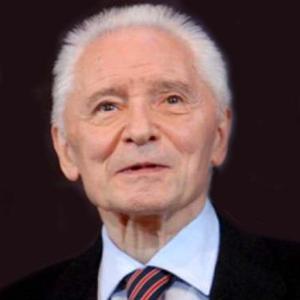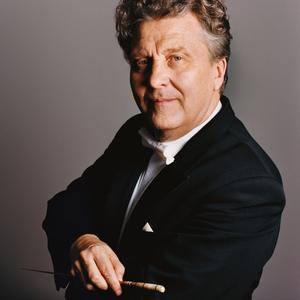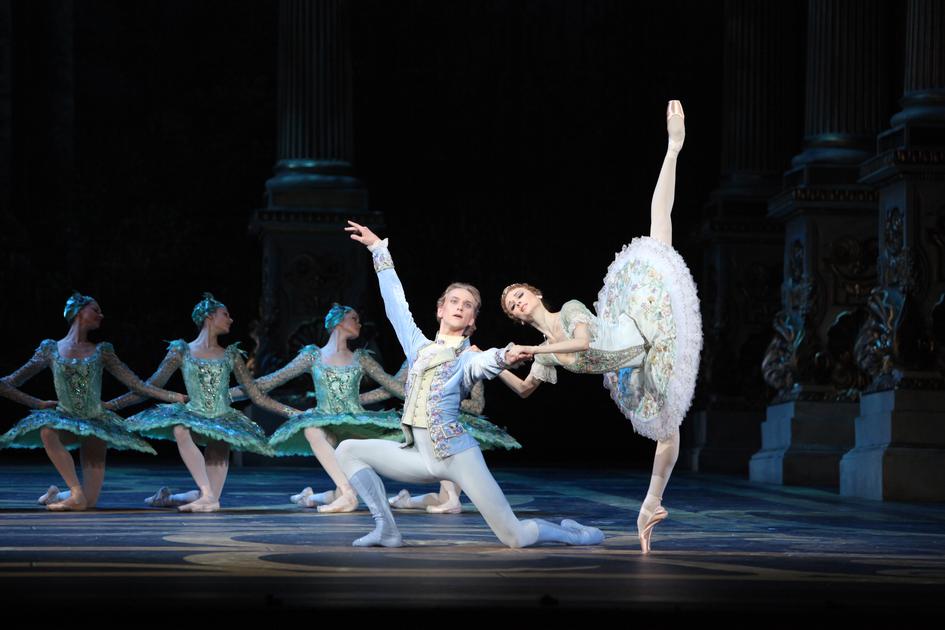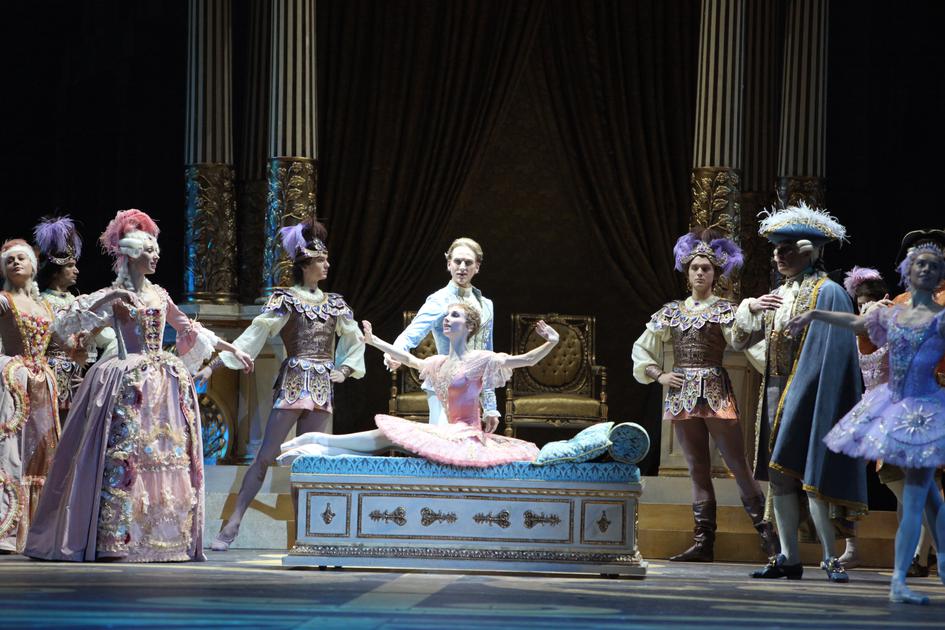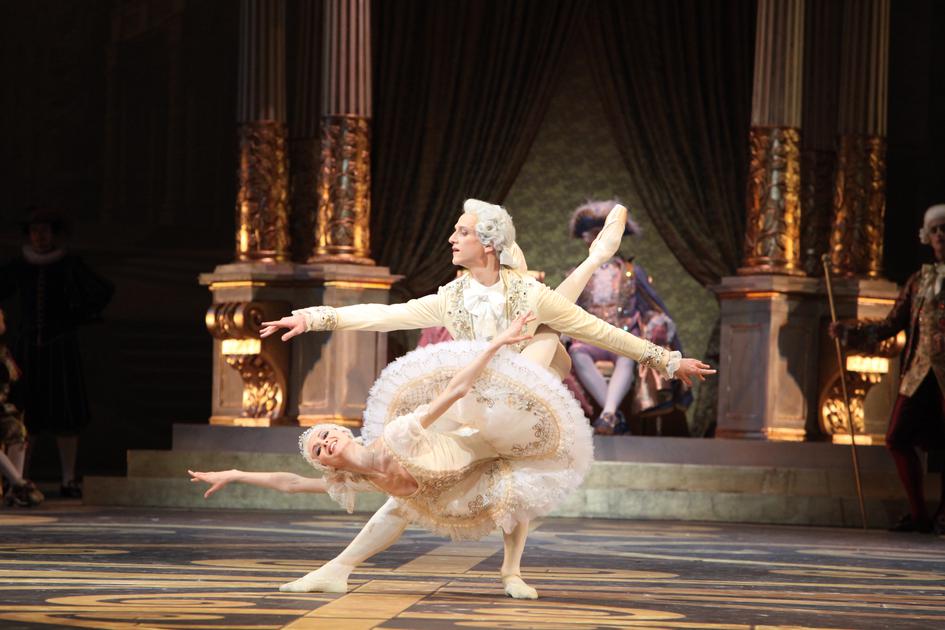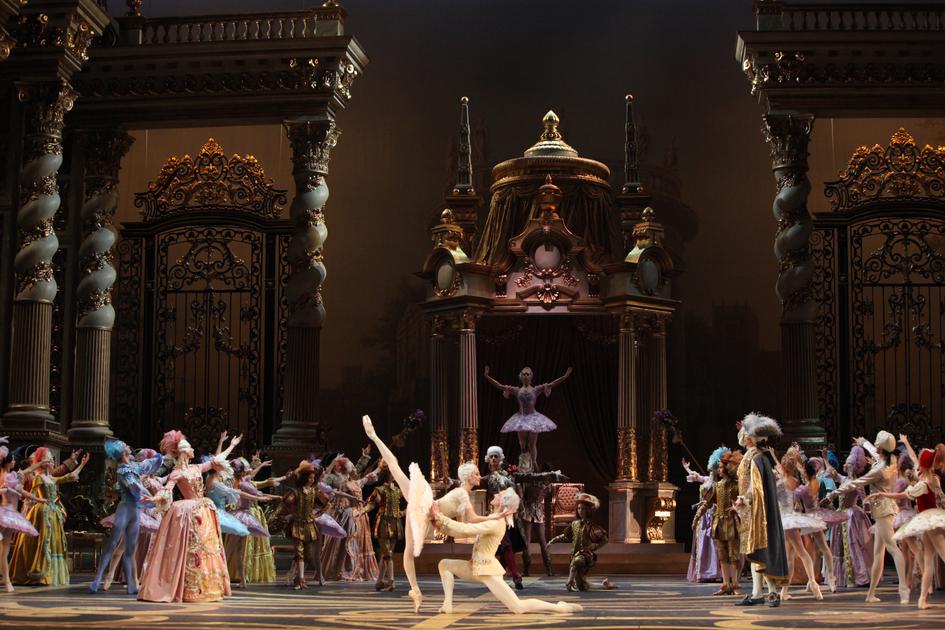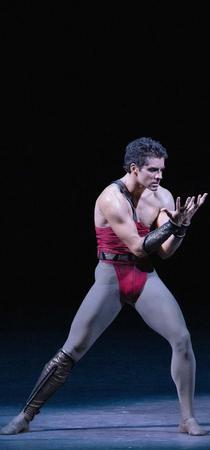
Aram Khachaturyan
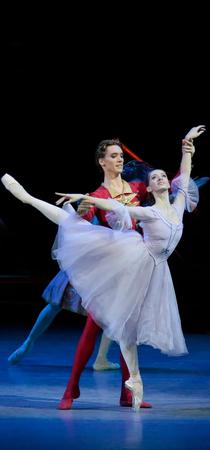
Pyotr Tchaikovsky
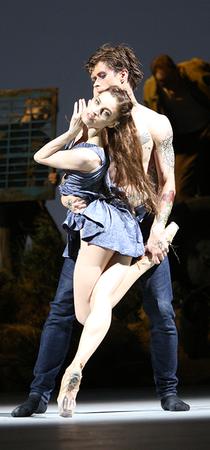
Ilya Demutsky
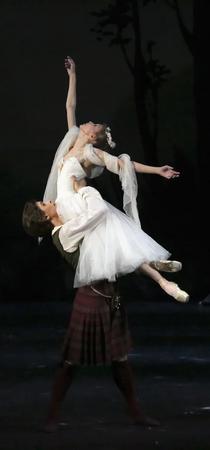
Herman Severin Levenskiold
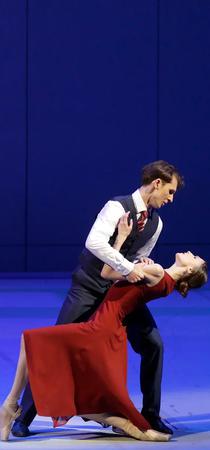
to music by Pyotr Tchaikovsky Alfred Shnitke, Cat Stevens / Yusuf Islam
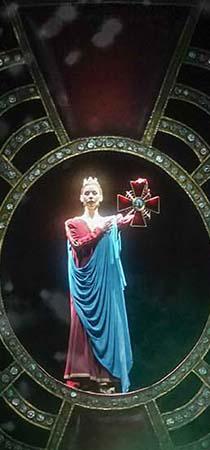
to music by Valery Gavrilin
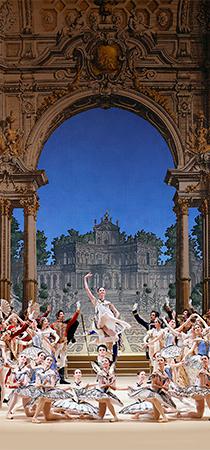
Ludvig Minkus, Edouard Deldevez
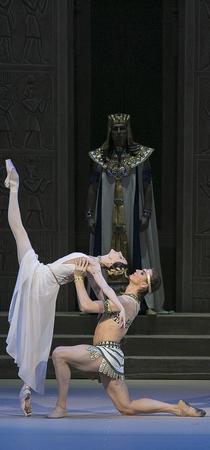
Cesare Pugni
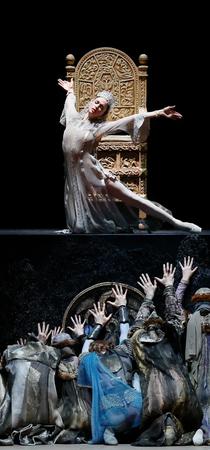
to music by Sergei Prokofiev
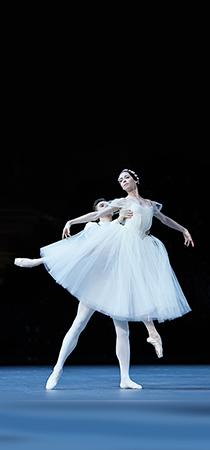
to music by Frederic Chopin
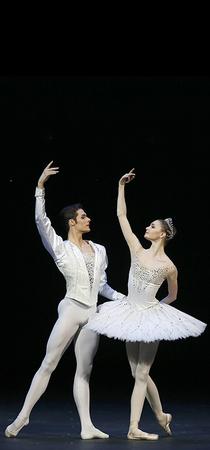
to music by Gabriel Fauré, Igor Stravinsky, Pyotr Tchaikovsky
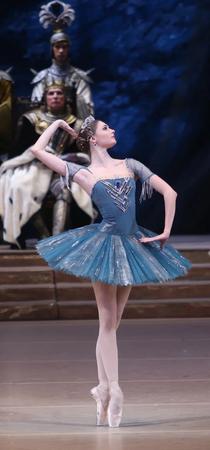
Alexander Glazunov
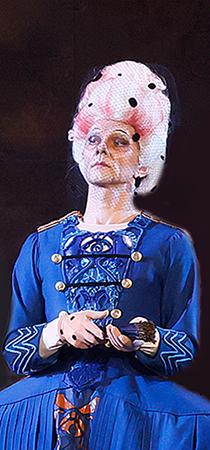
Pyotr Tchaikovsky – Yuri Krasavin
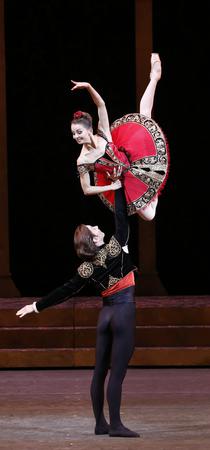
Ludwig Minkus
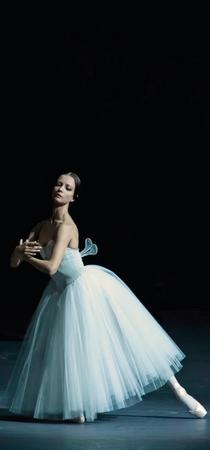
Adolphe Adam
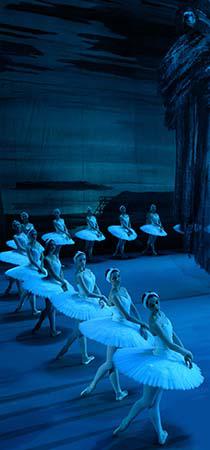
Pyotr Tchaikovsky
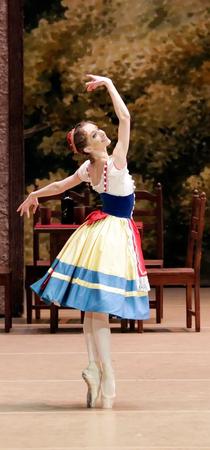
Leo Delibes
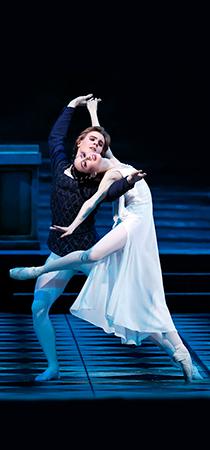
Sergei Prokofiev
Yuri Krasavin
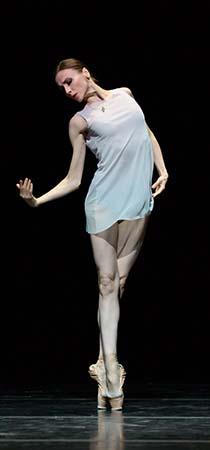
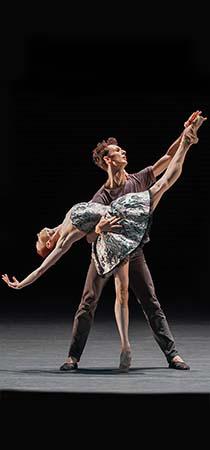
Yuri Krasavin
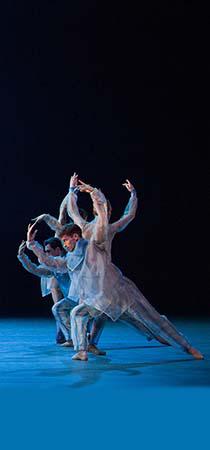
Alexander Glazunov
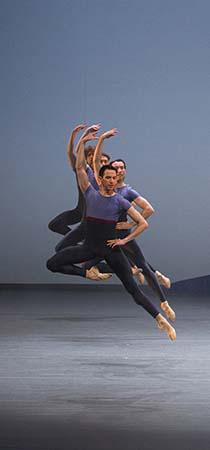
to music by Anatoly Korolyov
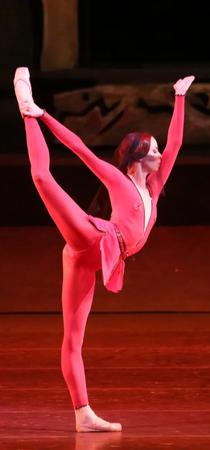
Arif Melikov
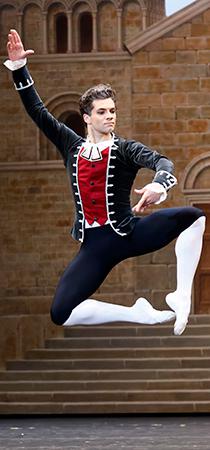
Daniel-François-Esprit Auber
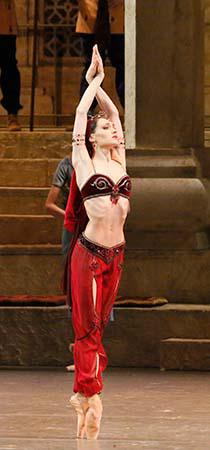
Ludwig Minkus
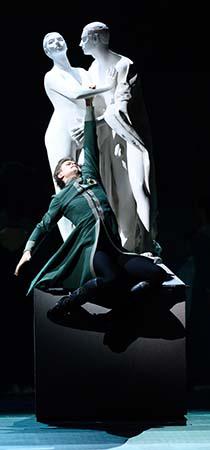
Joby Talbot
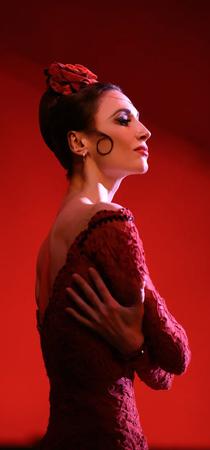
Georges Bizet–Rodion Shchedrin
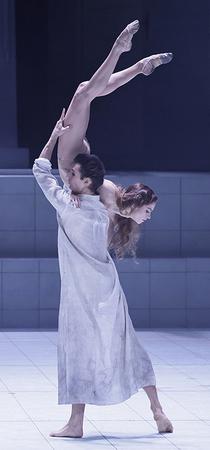
to music by Alfred Schnitke and Milko Lazar
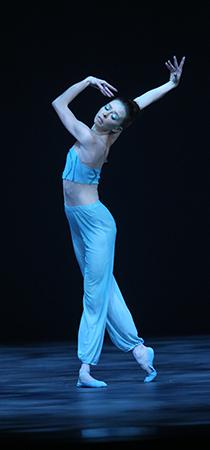
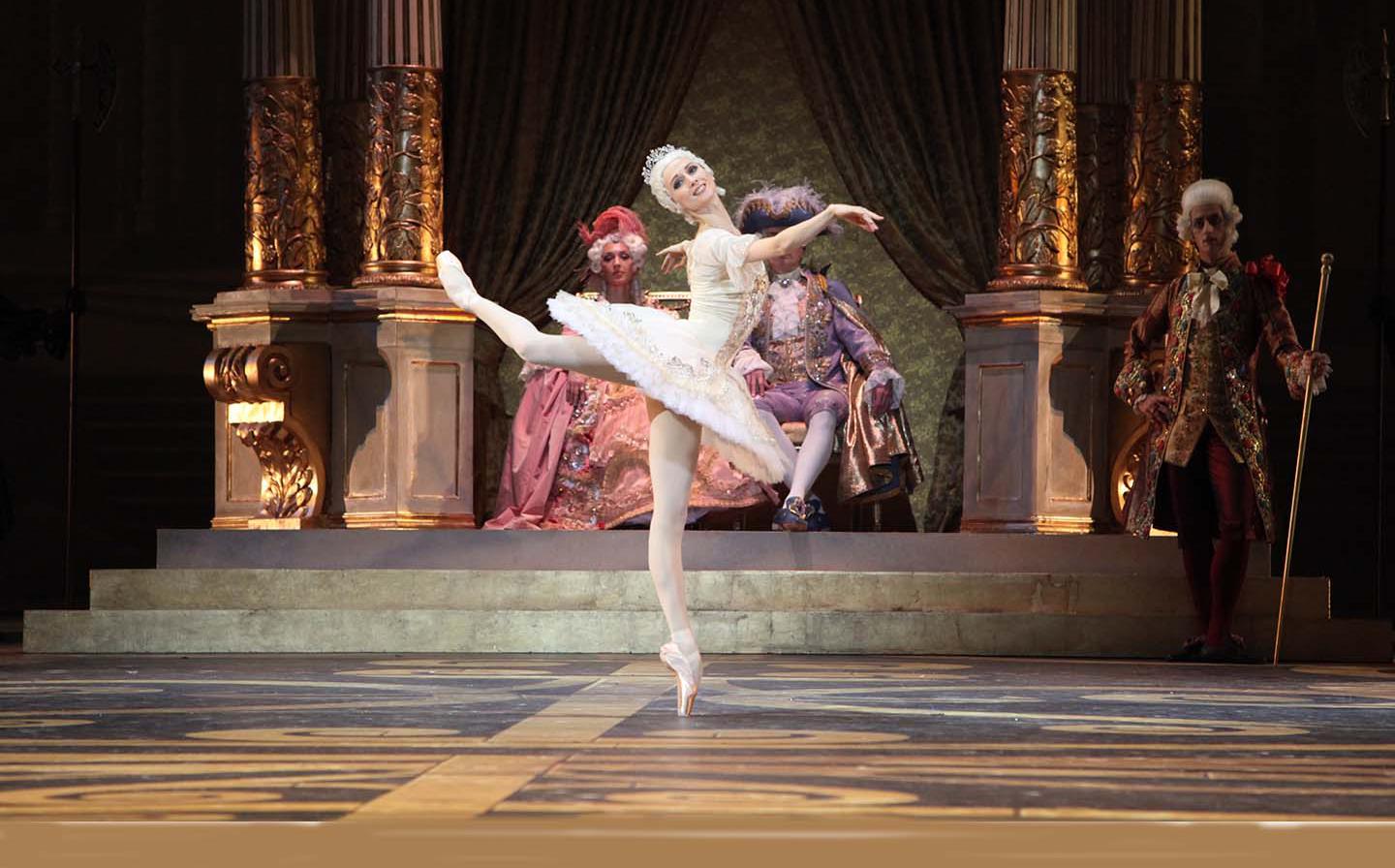
The premiere of the ballet The Sleeping Beauty took place at the Mariinsky Theatre on the 3rd of January 1890. It was the time of the unchallenged reign of Marius Petipa in Russian ballet, a Frenchman who created the phenomenon of Russian classical ballet out of an average European troupe that has remained vivid for over a century.
It was possible mainly due to the cooperation of the ballet master with Tchaikovsky, whose symphonic music helped to develop and enrich the forms and contents of classical ballet. The Sleeping Beauty was their first joint work. Petipa, who by then had been perfecting the form of large-scale narrative ballets for over half a century, provided Tchaikovsky with a detailed plan that had a disposition for every musical piece, including its length precisely to the bar. Tchaikovsky responded to that with such diverse musical structures and melodies, that made Petipa overcome long established customs and look for new forms.
The new choreographic version premiered on November 18, 2011.
Libretto by Ivan Vsevolozhsky and Marius Petipa
Choreography: Marius Petipa
Prologue
In the palace of King Florestan XIV the birth of his daughter, Princess Aurora, is being celebrated. Master of Ceremonies Catalabutte is checking the invitation list. The Lilac Fairy and Good Fairies appear among the courtiers and the guests coming to congratulate the Princess. They bring the newborn infant gifts, endowing her with the finest human attributes. Suddenly, a great noise is heard. The evil and powerful Carabosse Fairy drives into the ballroom with her repulsive suite. They forgot to invite her to the birth celebration. An irate Carabosse predicts that Aurora will die young from pricking her finger with a knitting spindle. But the Lilac Fairy intervenes: she predicts that the forces of good will neutralize the sinister spell. With a peremptory gesture, she forces Carabosse to leave the palace.
